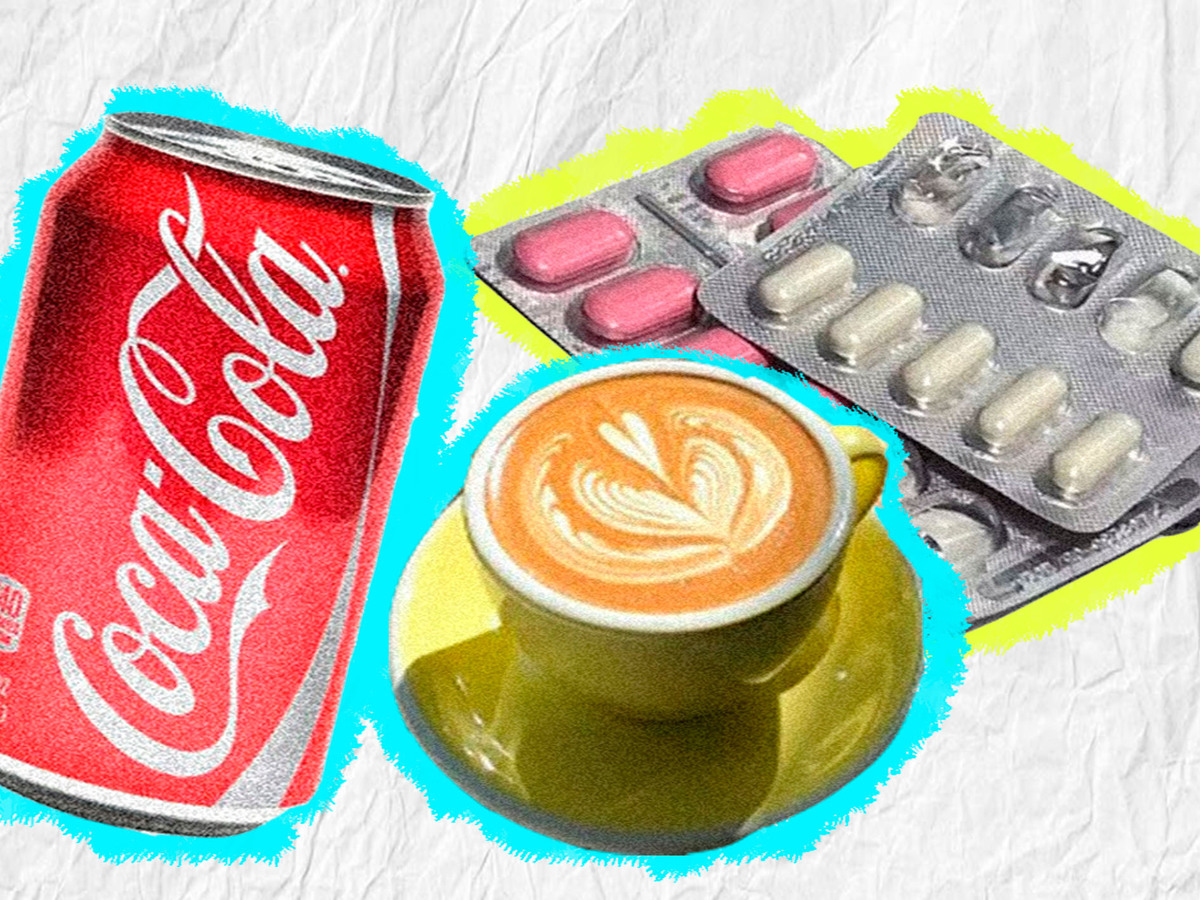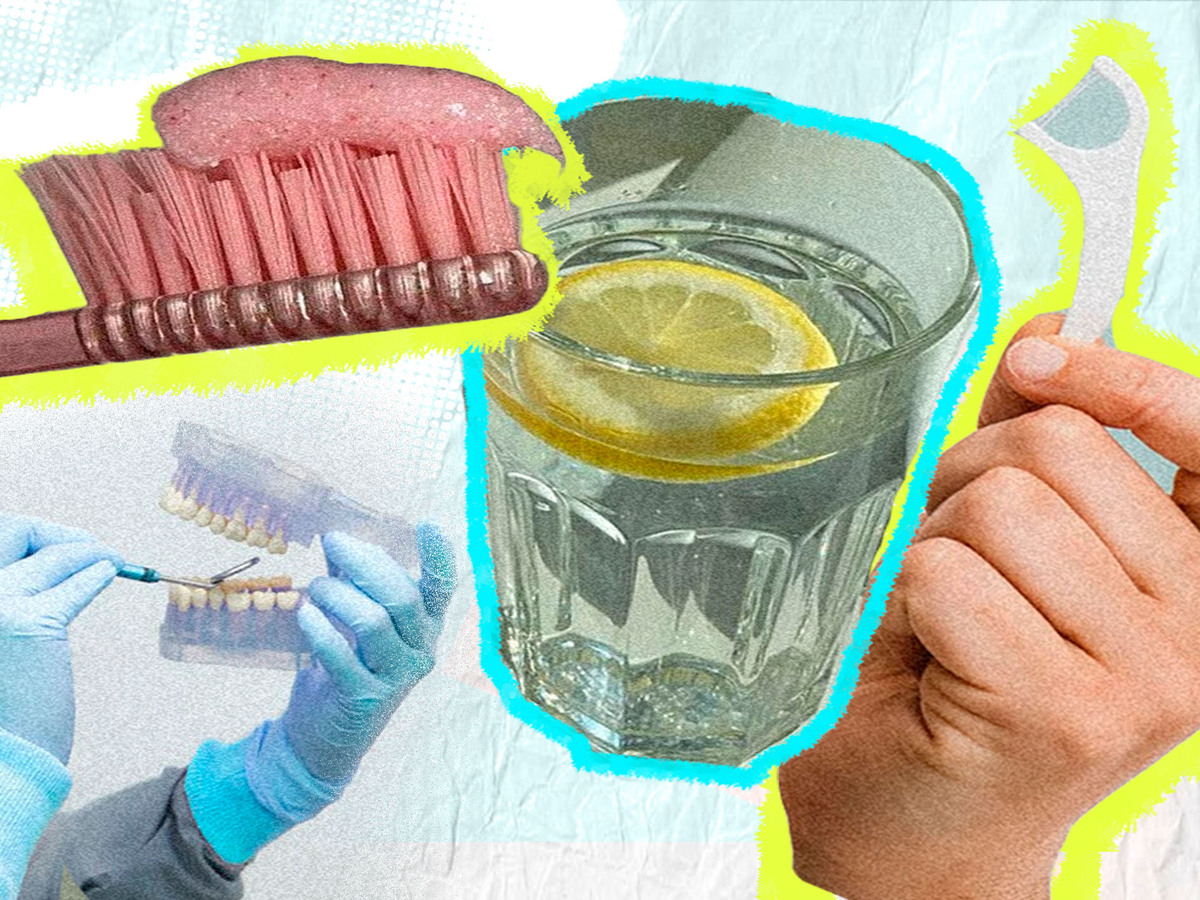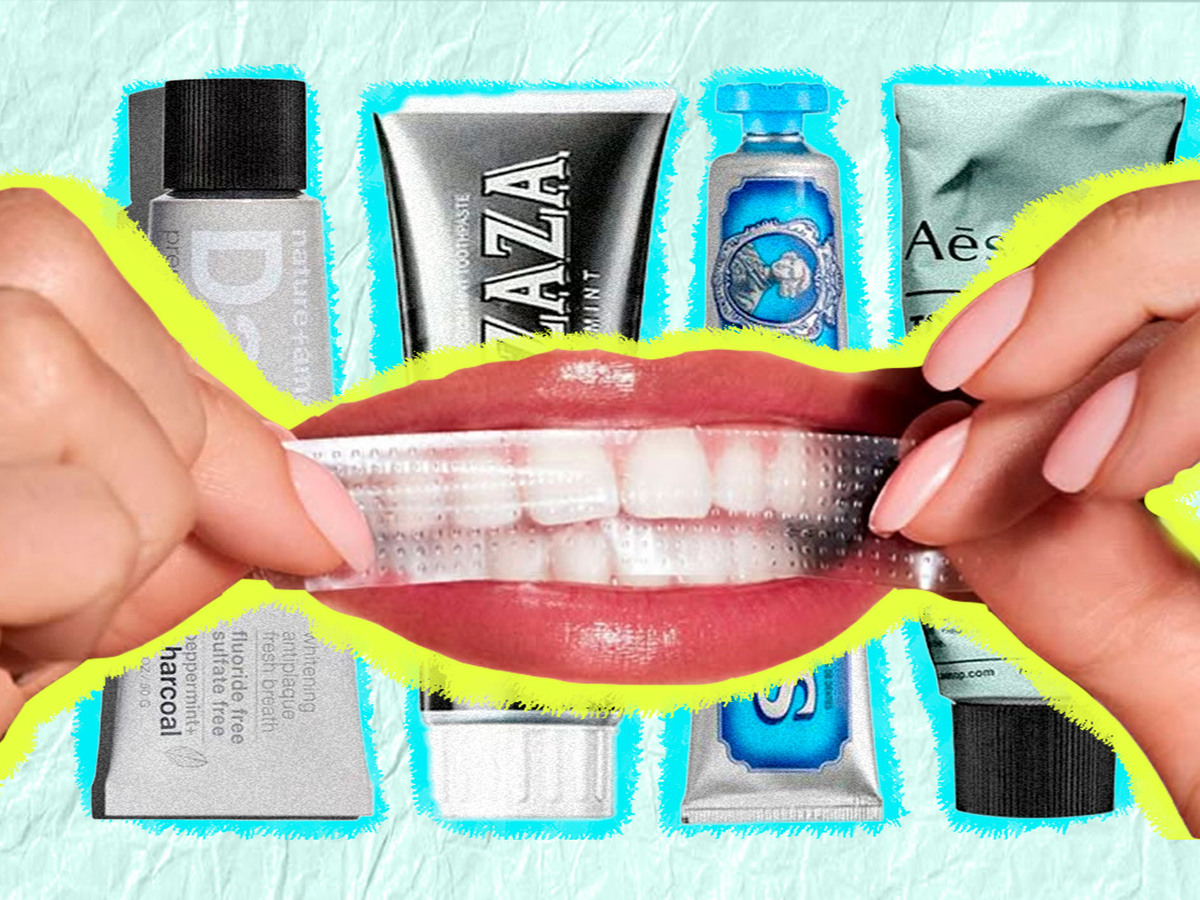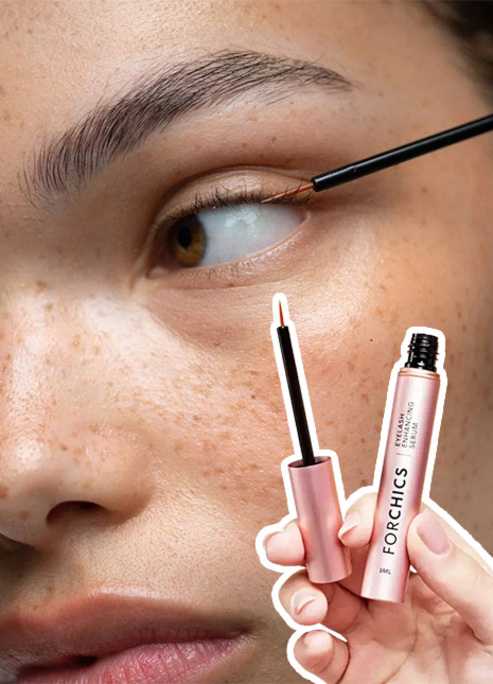
How To Remove Teeth Stains For A Brighter, Confident Smile
Cleaner and whiter.
A bright smile can make a lasting impression. However, teeth stains can dull that shine and lower confidence. These stains can appear gradually and often go unnoticed until they become more visible. Many people feel self-conscious about stained teeth, especially when talking or smiling. Fortunately, there are effective ways to remove these stains and bring back a cleaner, healthier look.
Understanding what causes stains and how to treat them is key to improving your smile. There are several simple methods and some professional treatments that can help. Learning the right care routine can also prevent future tooth discoloration. With the right approach, even long-standing tooth stains can be improved. This guide will walk through both causes and solutions to help maintain a naturally brighter and whiter smile.
What Causes Teeth Stains?
Teeth stains can form for different reasons. Some stains appear on the outer layer of the teeth, while others settle deeper inside the tooth. Identifying the cause is the first step to choosing the right method to fix it.
1. Food and Drinks
Coffee, tea, red wine, and dark sodas are among the most common stain-causing drinks. Foods like berries, tomato-based sauces, and soy sauce also leave behind color. These items contain pigments that stick to the enamel, the tooth's hard outer surface.
2. Smoking and Tobacco
Tobacco products are a major cause of yellow and brown stains. Cigarettes and chewing tobacco can cause surface stains and even affect the deeper layers of the teeth over time.
3. Poor Oral Hygiene
Irregular brushing and flossing allow plaque to build up. Plaque is sticky and holds on to staining substances, making the teeth appear dull or discolored.
4. Age and Genetics
As people age, the enamel gets thinner, revealing more of the dentin beneath. Dentin is naturally more yellow in color. Some individuals also inherit thicker or thinner enamel, which can affect how their teeth look over time.
5. Medications and Health Issues
Certain antibiotics like tetracycline can cause teeth discoloration, especially if taken during childhood. Health conditions or treatments such as chemotherapy can also lead to tooth staining in some cases.
Types of Teeth Stains
There are two main types of teeth stains. Knowing the difference helps in deciding which treatment will work best.
Extrinsic Stains
These are surface stains caused by external sources like food, drinks, and tobacco. They affect only the enamel and are usually easier to remove with over-the-counter products or professional cleaning.
Many people turn to teeth whitening to deal with this kind of discoloration. Visiting a trusted dental care provider ensures the process is safe and suited to the stain's cause. Professional help also helps prevent damage to enamel from overuse of harsh at-home products.
Intrinsic Stains
These stains form inside the tooth. Causes include aging, certain medications, trauma, or excessive fluoride. Intrinsic stains are harder to remove and often require dental professional treatments such as whitening procedures or veneers.
Daily Habits That Help Prevent Stains
Simple changes in daily habits can reduce the risk of new stains and help preserve the results after stain removal.
Brush and Floss Regularly
Brushing your teeth twice a day and flossing once daily helps clear away plaque and leftover food. Choosing a fluoride toothpaste can also help reinforce enamel and provide added defense against decay.
Rinse After Meals
Rinsing your mouth with water after drinking coffee, wine, or colored sodas can reduce their impact. This quick step helps wash away pigments before they stick.
Use a Straw
When drinking stain-causing beverages, using a straw helps limit the liquid's contact with teeth, especially front teeth that are most visible.
Avoid Tobacco Products
Quitting smoking or chewing tobacco improves both oral and overall health. It also prevents stains from worsening or reappearing after treatment.
Visit the Dentist Twice a Year
Regular dental cleanings remove tartar and stains that brushing alone can't handle. Dentists also catch signs of deeper stains early and recommend timely treatment.
At-Home Methods to Remove Surface Stains
Many people start with home remedies or products found in stores. These methods work best for mild to moderate surface stains.
Whitening Toothpaste
These toothpastes contain mild abrasives and polishing agents that help scrub off surface stains. They do not bleach the teeth but can help improve brightness gradually with daily use.
Baking Soda
Brushing with a mixture of baking soda and water once or twice a week can help remove surface stains. Baking soda is a gentle abrasive, but it should be used carefully to avoid damaging enamel.
Example: Mix one teaspoon of baking soda with a few drops of water to create a paste. Apply it with a toothbrush and rinse well after two minutes.
Hydrogen Peroxide Rinse
Diluted hydrogen peroxide can act as a mild bleaching agent. Swishing it in the mouth before brushing may help lighten stains. It's important not to swallow it and to use it only a few times a week.
Note: Use a 3% solution diluted with equal parts water. Overuse can lead to gum irritation or tooth sensitivity.
Whitening Strips
These thin plastic strips contain a peroxide-based gel. They are applied directly to the teeth and worn for 30 minutes per day, usually over 7–14 days. Results vary, but they are effective for many users.
When to Seek Professional Whitening
For deeper or older stains, over-the-counter methods might not be enough. Dental clinics that offer teeth whitening treatments produce quicker and more noticeable results.
In-Office Whitening
This is one of the most effective methods for improving tooth color. Dentists apply a high-concentration peroxide gel and may use a special light to speed up the process. Most patients notice results after a single session.
Example: A typical session lasts about an hour and can brighten teeth by several shades.
Custom Whitening Trays
Dentists can create trays that fit your mouth exactly. These trays are used at home with a whitening gel provided by the dentist. Treatment usually lasts for one to two weeks and allows for more control over the final shade.
Microabrasion
For certain types of tooth stains, such as those caused by too much fluoride or mild enamel defects, dentists may recommend a technique called microabrasion. It involves removing a thin layer of enamel with a fine abrasive to improve the tooth's appearance.
Options for Stubborn or Deep Stains
Sometimes, whitening is not enough—especially for intrinsic stains that resist even professional treatments. In those cases, other cosmetic solutions may work better.
Dental Bonding
In this process, a tooth-colored resin is applied to the stained area and shaped to match the natural tooth. It works well for small areas or specific teeth.
Veneers
Veneers are thin shells made of porcelain or composite material. They are placed over the front of the teeth to mask stains and improve appearance. This is a more permanent and often more expensive option.
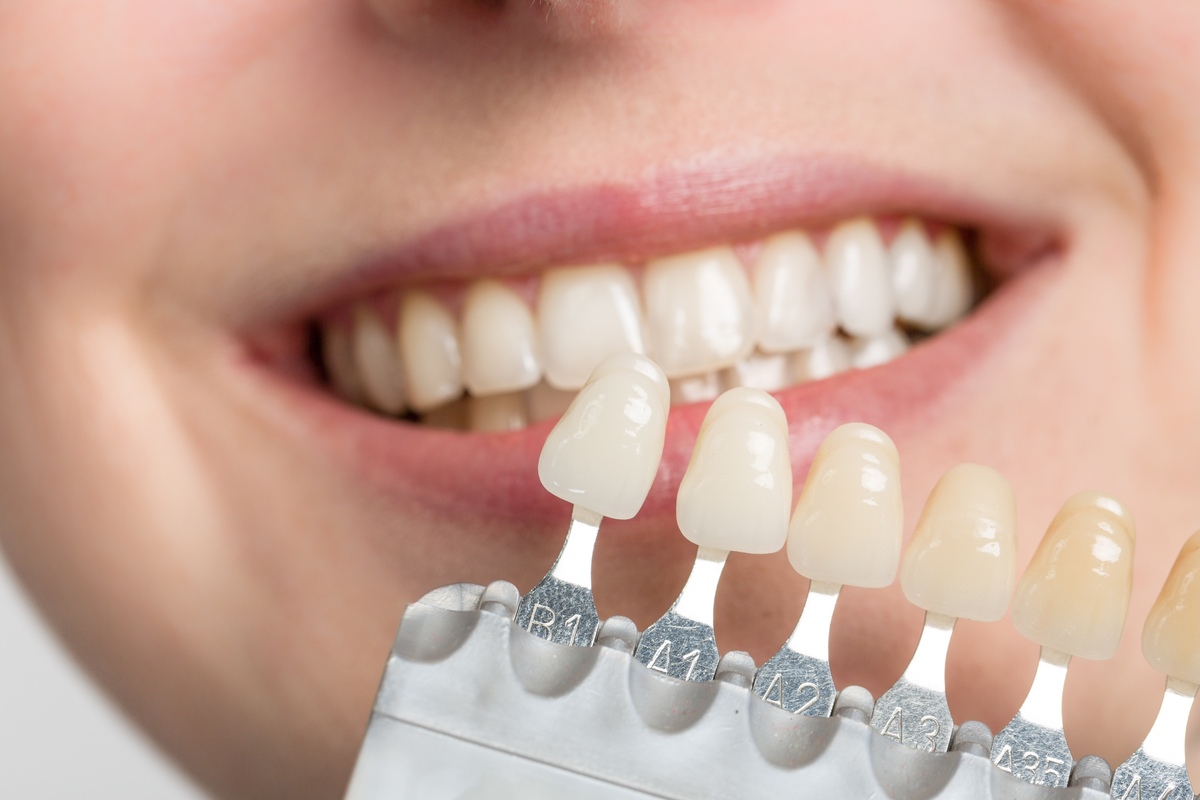
Example: Veneers are often chosen by those seeking a dramatic smile makeover, especially when discoloration is uneven or affects many teeth.
How to Maintain Whitening Results
After removing stains, the goal shifts to keeping the teeth bright. Maintenance is key to avoiding new discoloration.
Stick to a Consistent Cleaning Routine
Regular brushing and flossing will help maintain the results. Using an electric toothbrush can also improve cleaning effectiveness.
Use Whitening Touch-Up Kits
Some whitening strips or gels are made for occasional use to maintain the look. These are often used monthly or every few months, depending on lifestyle habits.
Limit Staining Foods and Drinks
Being mindful of the food and drink choices that caused staining before can prevent it from coming back. If avoiding them completely is difficult, rinse or brush soon after consumption.
Common Myths About Teeth Whitening
Understanding what works—and what doesn't—can save both time and effort. There are a few popular beliefs that often cause confusion.
Myth 1: Whitening Damages Enamel Permanently
When used correctly, both store-bought and professional whitening methods are safe. Most side effects, like sensitivity, are temporary.
Myth 2: Lemon Juice or Charcoal Is Safe for Whitening
Some natural remedies can actually harm the teeth. Lemon juice is very acidic and can weaken enamel. Charcoal powders are abrasive and may wear down the tooth surface over time.
Myth 3: Whitening Works on All Teeth
Whitening products don't change the color of crowns, veneers, or fillings. Stains from injury or medication may also not respond to bleaching.
When Stains Signal a Bigger Problem
Discoloration isn't always just a cosmetic issue. Sometimes, it points to underlying health problems.
- Brown or black spots may indicate decay.
- Gray discoloration could mean past trauma or a dying tooth.
- White spots might signal enamel loss or early signs of cavities.
If a stain appears suddenly or only affects one tooth, it's a good idea to visit a dentist. Early detection can prevent more serious dental work later.
Conclusion
Teeth stains are a common concern, but they don't have to be permanent. With a mix of good daily habits and effective dental treatments, it's possible to restore and protect a bright smile. Understanding what causes stains helps in choosing the right solutions, whether at home or through professional care. Surface stains often respond well to basic whitening products, while deeper types of stains may need expert help. The most important step is staying consistent with oral hygiene and regular checkups.
A confident smile begins with clean, healthy teeth. Whether improving color through safe whitening or preventing new stains, small changes can make a big difference. Choosing the right care routine now leads to better long-term results. With the right approach, anyone can achieve a brighter, more confident smile.



